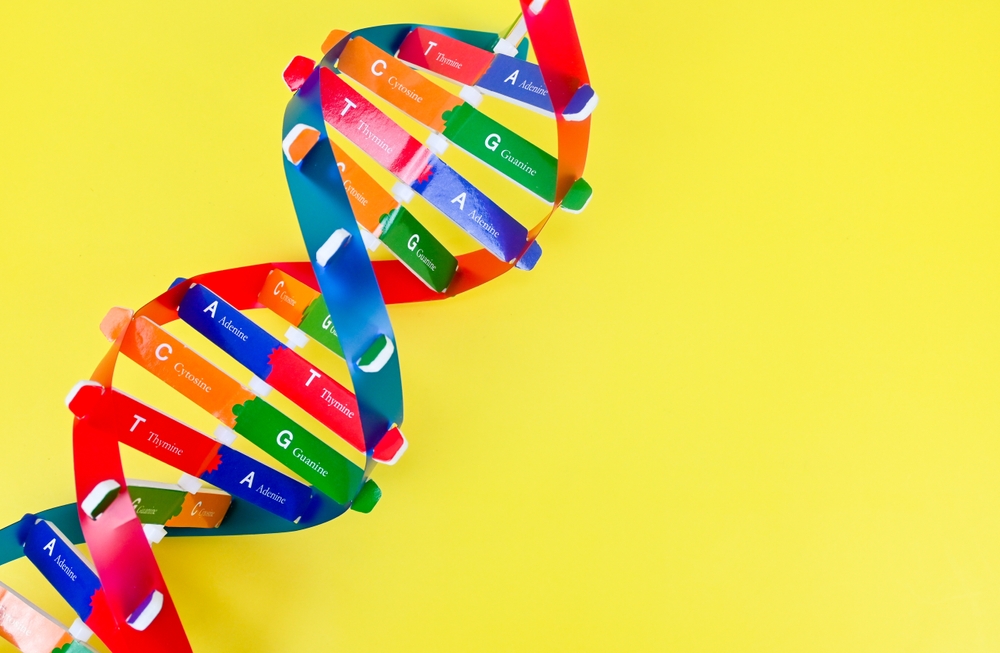Newsletter Signup - Under Article / In Page
"*" indicates required fields
HuidaGene Therapeutics, a clinical-stage genome-editing company, says the National Science Review has published data from its study of the world’s first DNA base editor converting guanine to cytosine/thymine (pyrimidine), or G-to-Y.
The company has filed an international patent application for the glycosylase-based guanine base editor (gGBE) and owns the exclusive global rights to the underlying patent.
Current widely-used DNA base editors mainly integrate programmable DNA binding proteins (Cas9, Cas12, or TALE protein variants) with base deaminases (cytidine deaminase or adenosine deaminase variants). There are mainly two types of base editors: ABE (adenine base editor) and CBE (cytosine base editor), which can realize A-to-G and C-to-T transition between bases 1-2.
However, there is currently no base editor to directly edit G or T, since deamination of G rarely causes base conversion, while T lacks amino groups, making it a challenge to overcome the limitation and develop a new class of base editors. Therefore, there is still a need to edit G or T in many cases.
“Following our publication in Nature Biotechnology early this year of the independently-developed, programmable A-to-Y DNA base editor, AYBE (adenine transversion base editor), we’re thrilled that the National Science Review published our paper sharing the comprehensive data on our discovery of the world first guanine-based base editor, gGBE,” said Xuan Yao, co-founder and CEO of HuidaGene.
CRISPR-Cas9
“CRISPR-Cas9-based CBEs and ABEs can efficiently mediate C-to-T and A-to-G substitutions, respectively. gGBE converting G-to-Y has immense potential for gene-editing drug development, and our successful development of the gGBE further strengthens the Company’s intellectual property layout in the global gene editing field.”
“Currently, all base editors need the deamination reaction of A or C as the initial step to trigger the subsequent DNA repair process and achieve the goal of base editing. Existing deaminases cannot catalyze guanosine and thymidine in genomic DNA into other nucleosides; therefore, direct editing of guanosine and thymidine is the major bottleneck for gene editing,” said Hui Yang, co-founder, chief scientific advisor, and chairman of the SAB at HuidaGene.
“Our publication entitled, ‘Programmable deaminase-free base editors for G-to-Y conversion by engineered glycosylase’, of the world’s first guanine-based based editor, gGBE, through our HGPRECISE platform, has demonstrated guanine editing efficiency up to 90% with lower off-target editing, setting the foundation of developing a new class of base editors based on glycosylases. The new class of engineered glycosylases base editors may further enrich the base editing tool, establish disease models, and develop gene editing therapies.”
About HuidaGene Therapeutics’ HGPRECISE
HuidaGene’s HGPRECISE (HuidaGene – Platform for Rational Engineering of CRISPR-Cas Identification by Synergic Expertise) platform enables rapid discovery of Cas proteins using both artificial intelligence (AI) and deep machine learning (ML) of DNA sequencing and assembly prediction from metagenomic database.
HGPRECISE-generated Cas proteins have demonstrated superior editing efficiency, and lower off-target editing activity, compared to widely-used CRISPR-Cas9. The series of engineering transformation, protein evolution, mutational screening and validation on gGBE was performed on the HGPRECISE platform.
Last year, Japanese company EditForce created the world’s first RNA-editing technology that enables RNA-editing bases to be changed from U (uracil) to C (cytosine).






